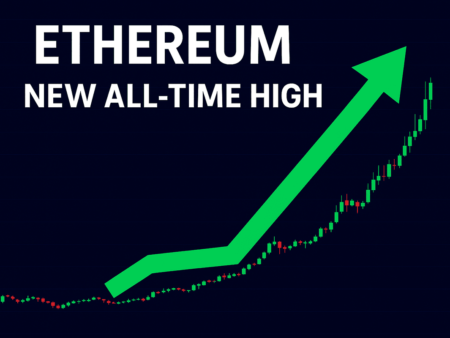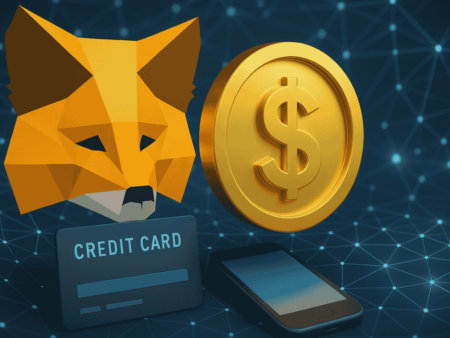There’s always a story crypto loves to tell itself. In 2017, it was ICOs and the gospel of “world-changing” utility tokens. In 2020, it was DeFi summer, where yield felt infinite until it wasn’t. Then came NFTs—jpegs as cultural currency. And now, in 2025, the flavor of the moment is unmistakable: AI tokens.
Scroll through Telegram groups or crypto Twitter feeds and you’ll see the same cocktail of excitement and cynicism. One side swears artificial intelligence fused with blockchain will birth a new era of decentralized intelligence. The other side mutters, “Here we go again—another shiny narrative designed to pump bags.” Both camps are right, in their own way.
The Rise of the “AI Narrative”
The timing is no accident. The AI boom in the mainstream—ChatGPT clones, autonomous agents, and AI copilots—is bleeding into crypto, and fast. Venture capital wants a piece of both pies, and retail investors smell a story they can latch onto. AI tokens sit perfectly at the intersection: a bet on two mega-trends at once.
The pitch usually sounds like this: decentralized infrastructure for AI training, on-chain marketplaces for data, and token incentives for compute sharing. In other words, a way to democratize what’s currently controlled by giants like OpenAI, Google, and Anthropic. On paper, it reads like a manifesto. In practice, well, the results are uneven.
The Projects People Actually Talk About
Not all AI tokens are vapor. A few projects have carved out real traction.
- Fetch.ai (FET): Long dismissed as an overpromised idea from 2019, it has found renewed relevance in powering autonomous economic agents. Think of bots negotiating and executing trades, supply chain deals, or resource-sharing on-chain.
- SingularityNET (AGIX): One of the OGs of AI-meets-blockchain, it continues to push its decentralized AI marketplace, where developers can offer and consume models without middlemen. The roadmap now leans heavily on interoperability with other chains.
- Render (RNDR): A darling in the AI-token narrative, though technically more about GPU rendering than intelligence. Still, with the explosion of generative AI, demand for compute and rendering power keeps RNDR in the spotlight.
- Ocean Protocol (OCEAN): Focused on data marketplaces—letting individuals tokenize and sell their datasets securely. In a world where AI thrives on high-quality data, the pitch resonates.
Around these flagships, dozens of smaller projects orbit, some promising distributed GPU lending, others dabbling in “AI-powered trading bots” that, frankly, look suspiciously like the recycled scams of bull runs past.
The Hype Problem
The trouble is that AI tokens often sell a dream much bigger than what the tech currently delivers. Running cutting-edge AI models is expensive, resource-intensive, and rarely something you can just “decentralize” into a neat token economy. When you see whitepapers claiming “global AI dominance through tokenized compute networks,” it’s worth asking: can a handful of wallets running on GPUs in basements really compete with hyperscale data centers?
Speculators don’t mind. They’re here for the story. As one trader told me bluntly over coffee in Dubai: “Doesn’t matter if it works. As long as it pumps, it works.” That sums up the gamble perfectly—narratives can drive outsized gains long before fundamentals catch up, if they ever do.
Hidden Gems or Fool’s Gold?
For every Render or SingularityNET, there are twenty AI tokens destined to fade into obscurity. Some will die quietly; others will implode in spectacular rug pulls. But buried in the noise are experiments worth paying attention to—protocols trying to rethink data ownership, decentralized inference, or collaborative AI training. They may not move price charts this quarter, but they’re chipping away at a long-term problem: how to keep AI from consolidating into the hands of a few corporations.
The Investor’s Dilemma
So where does that leave investors in 2025? Somewhere between opportunity and illusion. If you treat AI tokens as the bleeding edge of speculative tech, they make sense as a high-risk bet. If you expect them to overthrow Big Tech anytime soon, you’ll be disappointed.
The smarter money seems to be playing the middle ground—taking small positions in projects with actual developer traction, while avoiding the frothier “AI + token = moon” schemes. In other words, hedge the hype, but don’t ignore it.
Beyond the Hype Cycle
Here’s the irony. Even if most AI tokens fail, the experiment will leave fingerprints. Just as DeFi rewired how we think about liquidity and NFTs rewired how we think about digital ownership, AI tokens may quietly shape how future networks share compute and data. The price action may fade, but the architecture—the messy prototypes, the awkward governance models, the GPU-sharing schemes—will inform whatever comes next.
So, hidden gems or just hype? In 2025, they’re both. A narrative-driven frenzy, yes. But also a glimpse of a future where AI doesn’t belong exclusively to trillion-dollar giants. Whether that vision sticks—or becomes just another footnote in crypto’s long history of bubbles—depends less on tokens and more on the builders who outlast the hype cycle.











